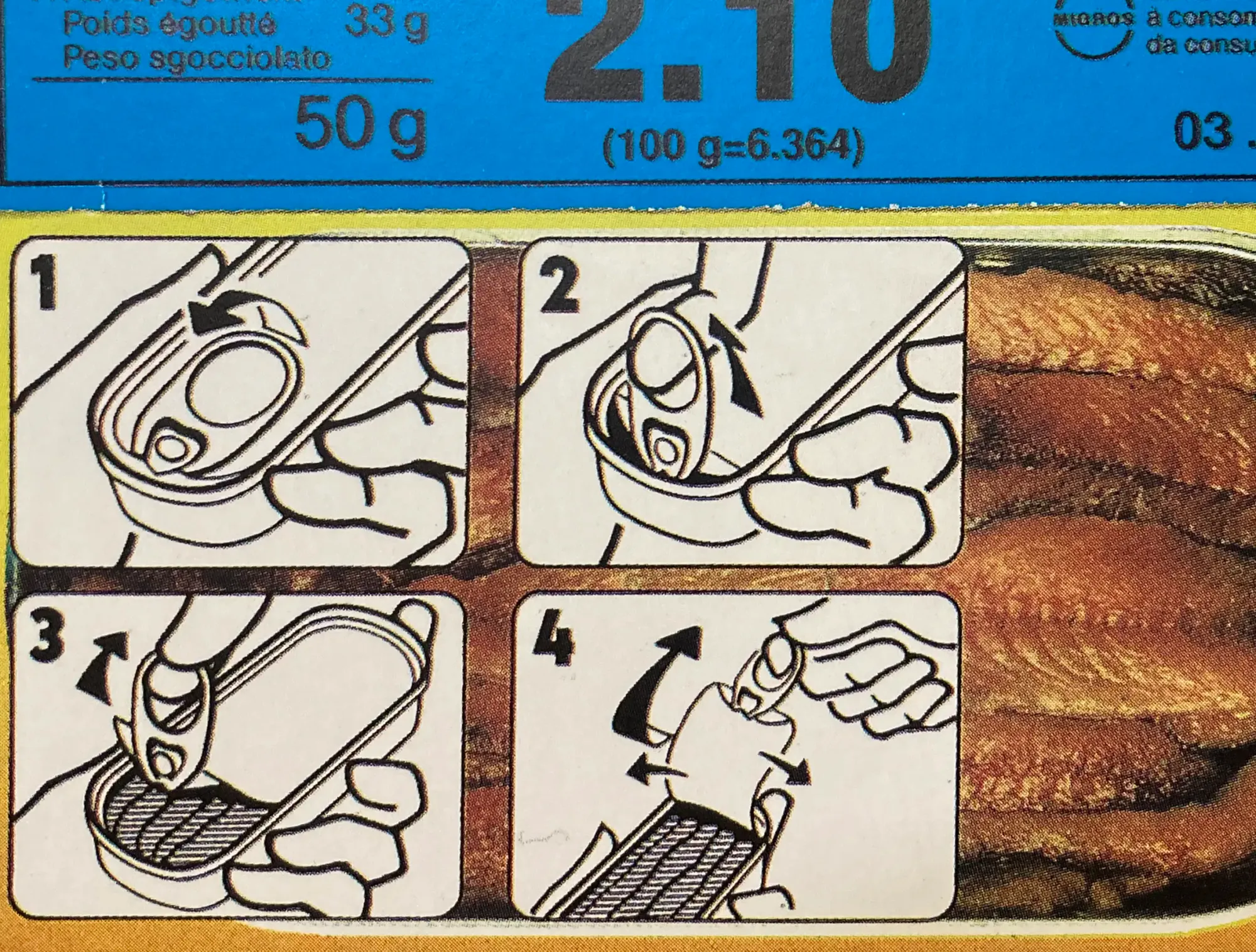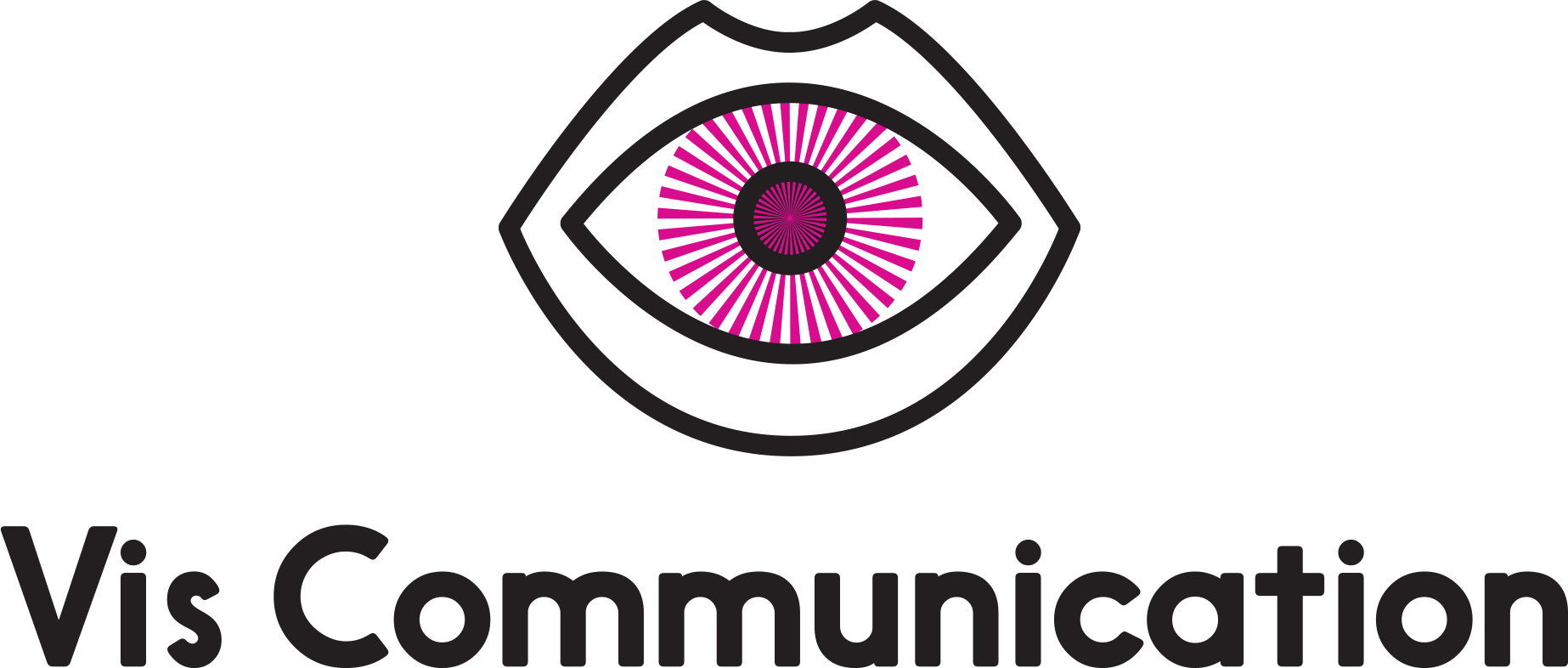How to Write the Rules
Don't just create a reference – create a system.

I’ve been thinking a lot about design systems and how they can either help design communication or potentially harm it. Brand standards or guidelines are a limiting design system. And in this case, those limits are a good thing. Designers select the elements that best express the brand personality and strategy. Elements outside of that system do not express the personality and strategy. This is helpful for anyone who needs to create anything for the brand. Or just needs to know which logo to send a vendor. Those decisions are made so nobody has to figure it out each time.
Brands are created over time, so you need consistency in its expression, personality and tone for this to happen. If you put all the brand elements into a document, you’ve created a great reference, but if you can write rules on how to use those elements and how they work together, now you’ve created a system. So, how do you make those rules?
A designer’s job is to attempt to anticipate all the ways that the logo or elements will need to be used, but also how to control or limit that usage so that the brand is always recognizable. You have to strike a balance between limits that keep the brand on track and flexibility that allows for a use case you didn’t anticipate or natural brand evolution. You need repetition with some variation (flashback to design school with this phrase) to keep things fresh.
This is not a comprehensive list of things to include in a brand standards. Also, brand standards may include many other elements such as imagery, copy tone, patterns, animation, etc. These questions are encouragement to think more about the rules of use – the system. You can write those for any of the elements. And you've probably worked some of this out already in designing the brand elements. Brand standards are your chance to communicate it.
Logo:
Maybe you have a logo that is available to use in two different colors. The rule could be that either color is acceptable at any time. Or, you may need a rule that says the blue logo is for B to B while the green logo is for B to C. When is the secondary logo used if there is one? Does it need to be used with the primary logo or can it exist on its own?
Are there different versions of the logo for different materials: internal vs. external communications, or print vs. digital applications. Do you need a special use logo that is only for one thing such as embroidery?
Does the logo need to work with another element? If so, how?
Fonts:
Is there a font that is primarily for headlines? Should it be in all caps always? No matter what the brand fonts are I always designate a universal font to be used for things like emails and PowerPoints – anywhere where the brand font may not be installed. One more touchpoint you can make consistent.
Universal font AKA Web-safe font
Colors:
Say you have 2 primary brand colors and 4 secondary colors. When is it OK to use the secondary colors – freely, or only for charts and infographics? Sometimes I’ve shown proportions to indicate which colors should have more prominence. Or is there some color coding involved such as the 4 secondary colors correspond to the 4 flavors (or whatever). Is the metallic color for printed materials only?
For the Designer
Go beyond describing what the elements are and create rules for what the system is. It will make it easier for others to use, and you’ll get greater consistency. It’s a delicate balance between enough limits and too many. It may also matter who will be using the brand standards. If it’s a designer or an in-house team, you may get away with more flexible rules because those folks will have a good sense of what is good and bad. If you need to send it out into the world, you may need to include more guardrails.
For the Client
Brands grow and evolve over time. Every couple years you should get together with your designer and reevaluate – or sooner if yours is a newer brand. Maybe you could actually use more secondary colors, or maybe you have a new division in the company that’s not reflected in the current standards. It’s much better to do the work of updating the standards rather than try to consistently communicate all the things that have changed.


